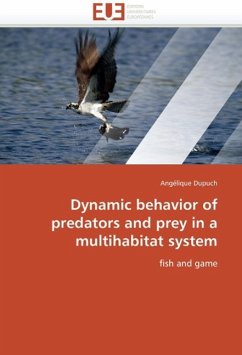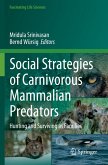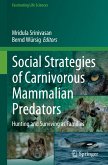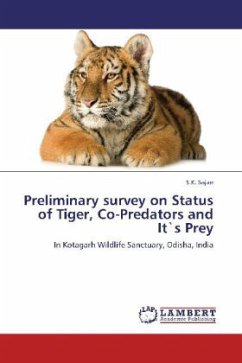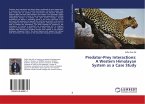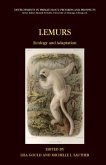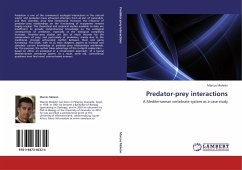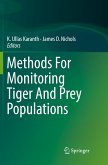Understanding predator-prey interactions, and particularly their reciprocal responses, is a central topic in ecology. Many studies have explored habitat use by both predators and prey, and have shown that prey prefer the predator-poor habitats and predators the prey-rich ones. However, these studies mostly focused on the behaviour of predators and prey when the distribution of the other species was fixed in space. Theoretical and empirical knowledge of predators and prey space use when both are allowed to move freely are scarce. Within this framework, this thesis focuses on both the antipredator behaviour and habitat selection by a prey species, northern redbelly dace (Phoxinus eos), when exposed to a predation risk varying in intensity in both space and time.
Bitte wählen Sie Ihr Anliegen aus.
Rechnungen
Retourenschein anfordern
Bestellstatus
Storno

